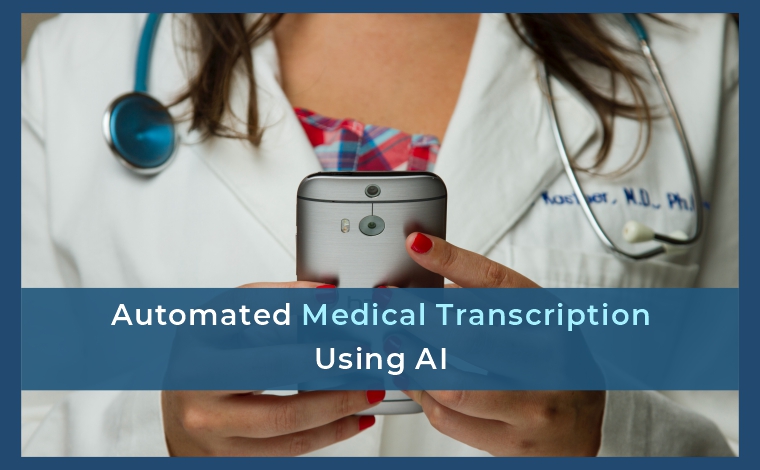


Doctors are increasingly eager to focus on patient care instead of getting bogged down with endless administrative work. Artificial Neural Networks (ANN) are beginning to transform data science, medicine, and the translation industry. In this article, we will explore how AI and translation technologies are used in medical transcription, shedding light on the collaboration between data science, healthcare, and translation for the benefit of end-users.
We are discovering that machine intelligence programs can learn rapidly when fed large amounts of data, enabling them to extract significant contextual information. While they may lack cultural knowledge, they respond effectively to visual cues that are consistent within the realm of medical research. This suggests that software algorithms are advancing to surpass human intelligence, as they excel at identifying patterns through layers of extensive data over time.
The 2019 pandemic emphasized the crucial role of AI in solving problems in the medical field and effectively communicating this information to the public through translation. Artificial Neural Networks (ANN) serve as the foundational technologies for AI tools used by virtual physicians, in medical transcription, and in diagnosing health issues—not just in medical research. Rather than replacing human doctors with AI-generated virtual physicians, the most promising area emerging from ANN research indicates a successful partnership between humans and machines, particularly in medical transcription. This specialized service is gradually adapting to the evolving landscape of healthcare.
Automatic Speech Recognition (ASR) technology, powered by ANN and commonly utilized in the translation industry, is making its way into the medical field. Doctors can now dictate notes to nurses or directly to patients, allowing speech-recognition technology to streamline the documentation process. Medical transcription using ASR simplifies tasks, from updating patients’ Electronic Health Records (EHR) to automating medical charts, scheduling appointments, and handling referrals between doctors.
However, there are various linguistic challenges to address with ASR, including code-switching between dialects and recognizing cultural contexts across limited language pairs. This is why it’s beneficial to enlist the expertise of a medical transcriber with specialized linguistic and medical knowledge. As this technology becomes more ubiquitous in hospitals and clinics globally, we hope to see advancements in speech recognition that enhance its effectiveness in healthcare settings.